The Best Way to Grow Flowers from Small Seeds
Here is a good way to grow your flowers from small seeds, how experts would do it:
Choose the right seeds for your climate
Decide between indoor or outdoor planting.
Prepare your planting area with well-draining, organic-rich soil, using a sterile mix for indoor starts.
Plant the seeds indoors 6-8 weeks before the last expected frost or directly outdoors once frost danger has passed.



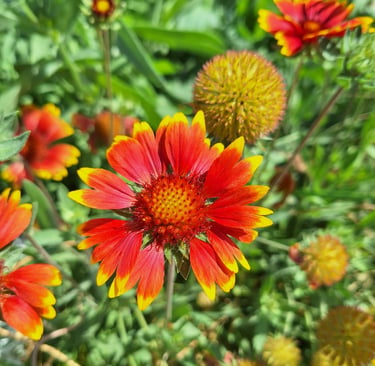




Selecting the Right Flower Seeds to Grow
Choose seeds based on your growing environment and the season. Consider whether you'll be planting indoors or outdoors and select varieties suited to your climate and space.
Preparing Your Soil Correctly
Use a high-quality, well-draining soil mix, rich in organic matter similar to growing herbs from seeds. For seeds starting indoors, a sterile seed starting mix can prevent disease issues.
Tip from experts: Make sure that your containers or seed trays have a lot of drainage holes.

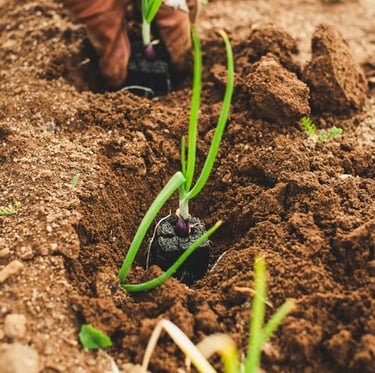
Sowing or Planting Your Seeds
Indoor Sowing: Our seed sowing text showed that it is best to start seeds indoors 6-8 weeks before the last expected frost, you can also apply this to other plants like when you plant lemon seeds or herb seeds.
Sow seeds in moist soil, covering them lightly with soil or vermiculite. Cover the container with plastic wrap or a dome to retain moisture until germination.
Outdoor Sowing: We also tried sowing seeds outdoors, but you need to do it after the danger of frost has passed and alternatively in prepared soil beds which applies to all of the vegetable gardening methods.
Some flowers prefer to be sown directly where they will grow as they do not transplant well.
Expert Tip: These two rules also apply when you are planting perennials.

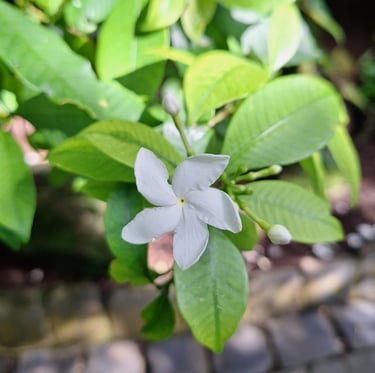




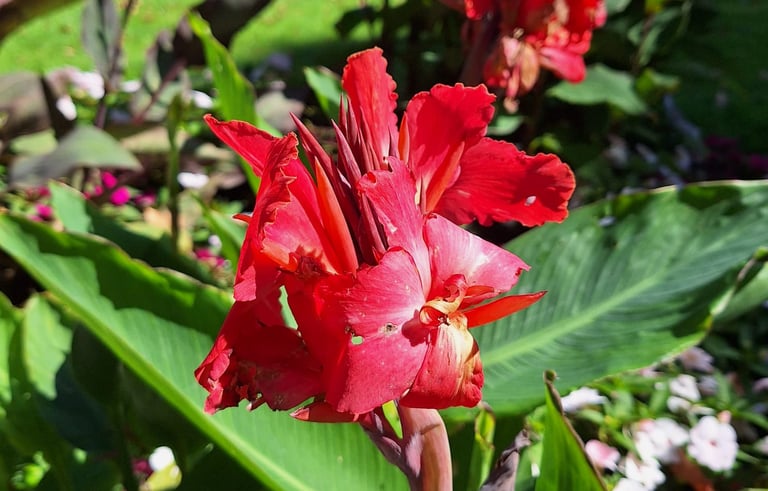




The Optimal Light and Temperature
Most flower seeds need plenty of light to germinate but our multiple tryouts clearly show that this doesn't apply to shade-loving flowers, only to normal and sun-loving flowers.
We always place indoor seed trays near a bright window or under grow lights (if you have the right equipment available). Keep the soil warm, around 65-75°F (18-24°C), to encourage germination.
Properly Watering Your Flower Seeds
Keep the soil consistently moist but not waterlogged. Proper flower and plant watering is crucial during the germination period.
Pro Tip: Use a spray bottle to gently water the seeds without disturbing them.
Thinning the Seedlings
Once seedlings develop their first set of true leaves, thin them out to prevent overcrowding. This allows the strongest flowers to thrive and develop a healthy root system.
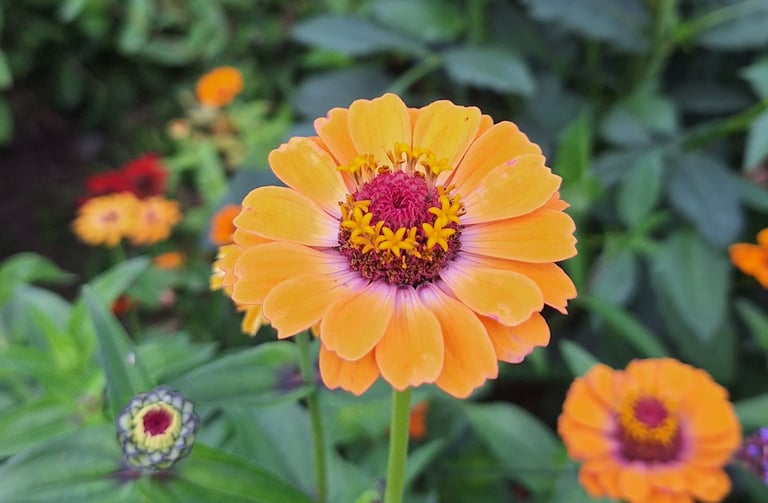





Growing And Caring for Your Flowers
Flower Watering and Moisture Control
Water deeply to encourage root growth, but avoid overwatering to prevent root rot. A general rule when you take care of flowers, no matter if exotic flowers or tiny bloomers, is to water when the top inch of soil feels dry.
Fertilization for Healthy Growth
When growing flowers from seed, it is best to use a balanced, slow-release fertilizer in the early stages of growth, following the product's instructions.
Too much fertilizer can harm your plants, so moderation is essential.
For flowering plants, consider a fertilizer higher in phosphorus (the middle number in fertilizer ratios) to encourage more blooms.
Pruning and Deadheading
Pruning and deadheading your flowers will be very important because it will keep your overall flowers healthier and deadheading will encourage more blooms. To do it, cut away the excess stems your flowers produce and the flowers that are spent.
Mulching and Weed Management
Apply a 2-3 inch layer of organic mulch around your plants, being careful not to pile it against the stems to prevent rot. Regularly check for and remove weeds by hand or with a hoe, taking care not to disturb the roots of your flowers so that you can, later on, dry or harvest the flowers successfully.
Mulching is a natural way of killing weeds in your bed or garden, so we definitely recommend it.
Sources
Nature and Sustainability uses only high-quality sources, including peer-reviewed studies to support the facts we describe in our articles. Please read our editorial policy to learn more about how we keep our content accurate, reliable, and trustworthy.
Choosing the right seeds: https://www.seattletimes.com/pacific-nw-magazine/8-things-to-consider-when-selecting-seeds-for-your-vegetable-garden/
Sowing, germinating and planitng seeds: https://extension.uga.edu/publications/detail.html?number=B1432&title=starting-plants-from-seed-for-the-home-gardener, https://extension.unh.edu/resource/starting-plants-seed-fact-sheet
Growing and caring for flowers: https://www.thespruce.com/perennial-flower-garden-layout-5219484, https://www.almanac.com/learn-to-flower-garden
Watering flowers: https://gilmour.com/watering-flowers-how-to#, https://extension.oregonstate.edu/sites/default/files/documents/12281/wateringtips.pdf
Fertilizing flowers: https://soiltesting.cahnr.uconn.edu/suggested-fertilizer-practices-for-flowers/, https://ag.umass.edu/cafe/fact-sheets/fertilizing-flower-gardens-avoid-too-much-phosphorus
Share this article:




Article By:
Calin is in the garden industry for 5 years now and knows a lot about gardening and plants. He is the owner of this website and responsible for most of the content.

